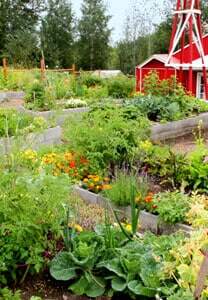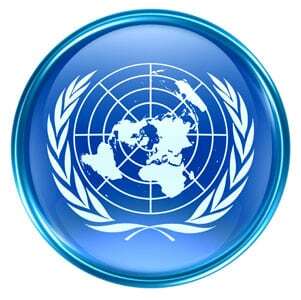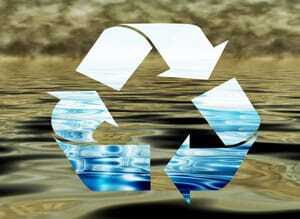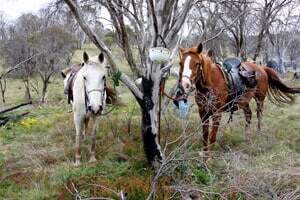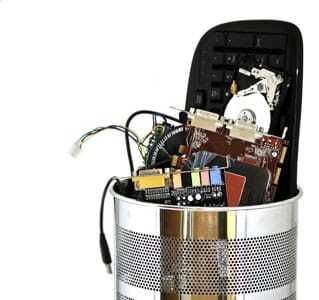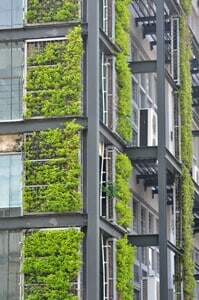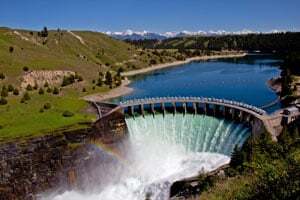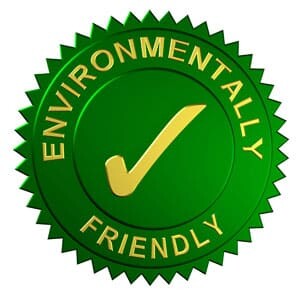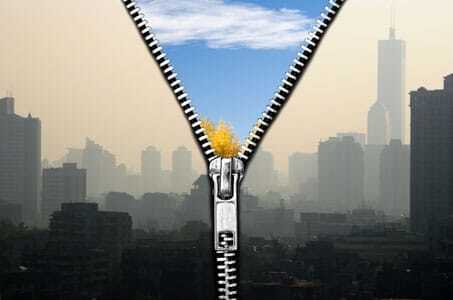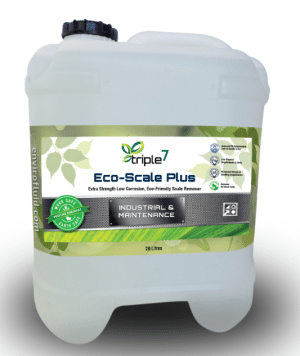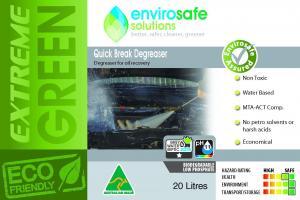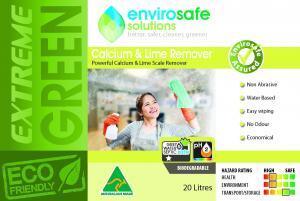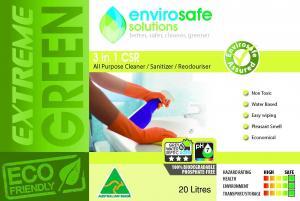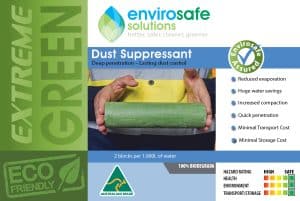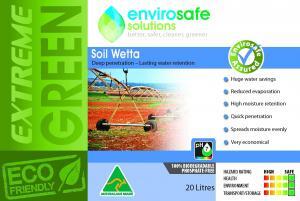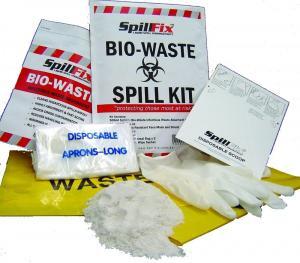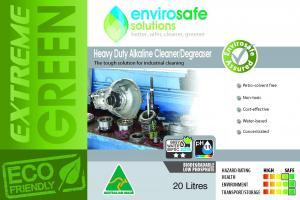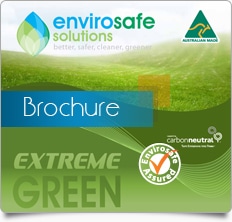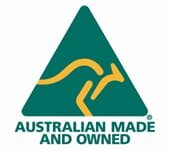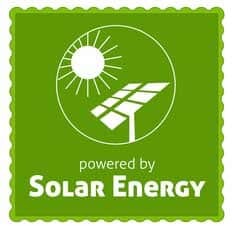Every so often Envirosafe Solutions likes to take a look at the fauna of the world and how our animal friends are impacted by climate change and a denuding earth. Today, we focus on the beautiful and often much maligned bat.
 How many of us think about bats when we think of “conservation”? Say the word “conservation” and our kids will rattle out the names of large exotic and magnificent animals such as the Tiger, Lion, Hypo, Panther, and so on.
How many of us think about bats when we think of “conservation”? Say the word “conservation” and our kids will rattle out the names of large exotic and magnificent animals such as the Tiger, Lion, Hypo, Panther, and so on.
In our often blinkered approach to supporting conservation it is often the smaller animals that are denied our love and support. Visit any fund raising event for animal habitat conservation and you will notice the absence of bats, dragon flies, owls and even butterflies in the glossy and otherwise informative leaflets. The fruit bats (Pteropus bats) are one such mammal that has been left out of most conservation projects. 1 These cute little birdlike mammals fly in the night, have their fill and return to their roosting spots before day break. They usually stay away from humans (not surprising considering the racket we tend to make). Unfortunately, this aloofness keeps them out of our sight, out of our mind and might I add, out of most conservation projects.
Luxury and conservation don’t mix. Our hunger for wood and rate of consumption has fuelled deforestation at an alarming rate especially in the rain forest regions of Amazon and the Pacific region. 2 Today we no longer see men chopping down trees using a pickaxe or a saw. The process of cutting down trees is so mechanized and speeded up that a visit to a tree cutting site would fill us with dread and a sense of the disaster that we are helping create.3 Forests with their fruit bearing trees are the prime source of food for fruit bats. When trees are chopped down there is nothing left to bind and hold the soil together. Movement of heavy tree cutting equipment further damages the soil and ensures no large trees ever grow there again. Unfortunately, forest mitigation, logging and conservation don’t mix – not because they can’t but simply because we don’t have the will to enforce laws to make it so. 4 A single large fruit bearing tree can aid conservation and provide enough food for hundreds of bats. Take away a hundred trees a day and the math reaches frightening proportions – especially when you consider that large scale unsupervised and often un-licensed tree cutting has been going on for many years now. 5
Some conservationists (instigated by logging companies?) have been blaming hunting and cyclones for the decimation of the bat population and failure of bat conservation attempts. However, men have been hunting bats for many hundreds of years and cyclones have been displaying their awesome destructive power even before the bats came into existence on this earth. The fact is, the bat population has been declining for the past decade and this coincides with the arrival of massive automated logging machinery and the large scale deforestation that followed.
Bats are part of the eco-chain and ecosystem. They help in pollinating flowers as well as carrying seeds to other locations and help spread the coverage of fruit bearing trees. Any school going child will tell you that if you break any part of the eco-chain the entire ecosystem will collapse. 6
Envirosafe Solutions urges you to consider the smaller and less prominent fauna on our planet. These animals form a vital part of our ecosystems and our food chains and are as needing and deserving of our understanding and support as the grand lion, the leopard, the white panda and the orang-utan. Use your liquid products wisely and consider using greener alternatives that respect our denuding earth. For more information on quality Extreme Green products please call Envirosafe Solutions on 1300 889070.
References
1. Wikipedia on Pteropus bats: http://en.wikipedia.org/wiki/Pteropus
2. Illegal logging in Asia-Pacific region: http://www.brookings.edu/papers/2011/03_illegal_logging_felbabbrown.aspx
3. Mechanised logging. This location has good content, pictures and links for more information: http://www.snowwowl.com/rltreesclearcutting.html
4. Forrest mitigation explained: http://climatetechwiki.org/technology/jiqweb-ar
5. Effects of deforestation: The site is poorly designed but the article is great: http://www.theguardians.com/Microbiology/gm_mbr10.htm
6. Bats and the ecosystem: http://www.blm.gov/wo/st/en/res/Education_in_BLM/Learning_Landscapes/For_Teachers/science_and_children/caves/index/caves_bats.html








